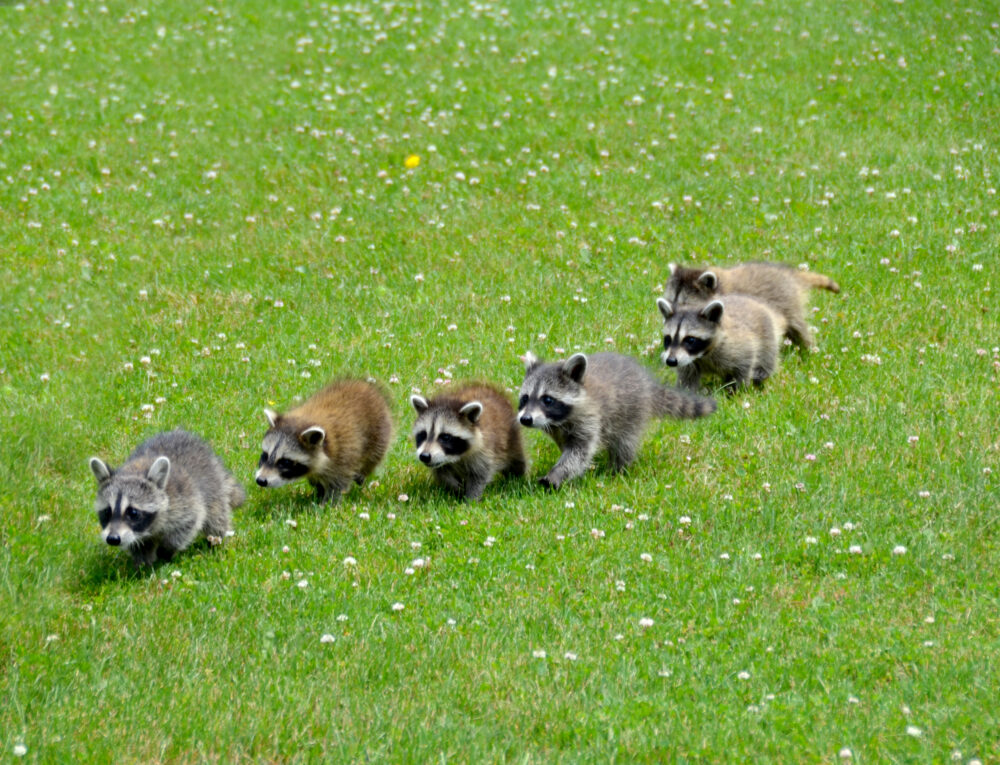We have much more to do and your continued support is needed now more than ever.
Bird of the Week: Gray Jay

The gray jay is a widespread inhabitant of boreal and sub-alpine forests across the northern United States and Canada. This bold and frequently tame songbird is as much an icon of northern forests as is the moose or the wolf.
Campers visiting popular recreational areas such as the Adirondacks, Green Mountains or White Mountains are no doubt familiar with the gray jay, which is well known for audacious attempts to nab food from humans. A permanent resident of many campgrounds, the big gray bird is so daring that it often takes food from a human hand—not to mention stealing it off picnic tables or even from inside of tents. One of the species’ nicknames, in fact, is “camp robber.” Another is “whiskey jack,” said to come from the Algonquin Indian name for a mischievous forest spirit.
Procuring food—a lot of food—and storing it for lean times is key to the species’ success. Unlike most birds, which migrate south or simply hunker down for the winter, the gray jay begins its breeding season as early as February. This month, on well-hidden nests surrounded by snow, some females already are sitting on clutches: three or four pale, green, speckled eggs.
These early breeders maintain themselves with stored food collected during summer and fall —up to 50 pounds per robin-sized bird. Their fare of choice? Insects, berries, mushrooms and bits of flesh picked from animal carcasses.
Though still common throughout much of their range, a long-term study has found that gray jays are declining in Canada’s Algonquin Provincial Park. Over the past 25 years, the birds’ population has dropped by half. Some park habitat that once supported breeding jays is now abandoned.
Scientists suspect global warming is the cause. Annual air temperature in the park has been increasing by about 0.7 degrees F. per decade. That may be just enough to cause the birds’ perishable food to rot. Researchers have found that gray jays lay fewer eggs in winters following particularly warm falls. And jays that have access to artificial food sources—bird feeders—seem to be doing fine.
Backyard Tips: Though they inhabit only a small part of the country, gray jays are common and familiar at backyard feeders many places within their range. They will eat practically anything, whether you want them to or not. Take this summer 2010 posting from the blog of Minnesota’s Chik-Wauk Museum and Nature Center in Grand Marais:
“Compared with delicate chickadees and songbirds, this fairly large bird is the equivalent of the ‘rude dinner guest’ amongst the birds you’ll commonly find at your feeder in northern Minnesota. If the gray jay has one virtue, it’s that they’re not particularly picky. They’ll eat just about anything: from bird seed to bread crumbs to French fries. More than anything, they’d like to have a bit of whatever you happen to be eating.”
Voice: Some calls resemble the blue jay’s familiar daaaay, but mostly gentler cook calls; groups give chattering and fussing calls.
Sources: “Winter’s Early Birds” by Cynthia Berger, National Wildlife, February/March 2008. Cornell Lab of Ornithology’s All About Birds, and National Wildlife Federation Field Guide to Birds of North America.
Find out how to keep jays and other aggressive birds from dominating your feeders.
Make your yard inviting to birds by turning it into a Certified Wildlife Habitat.
Learn more about how global warming is affecting birds and other wildlife.






















